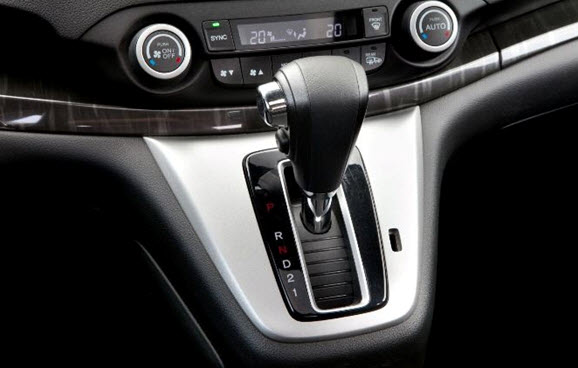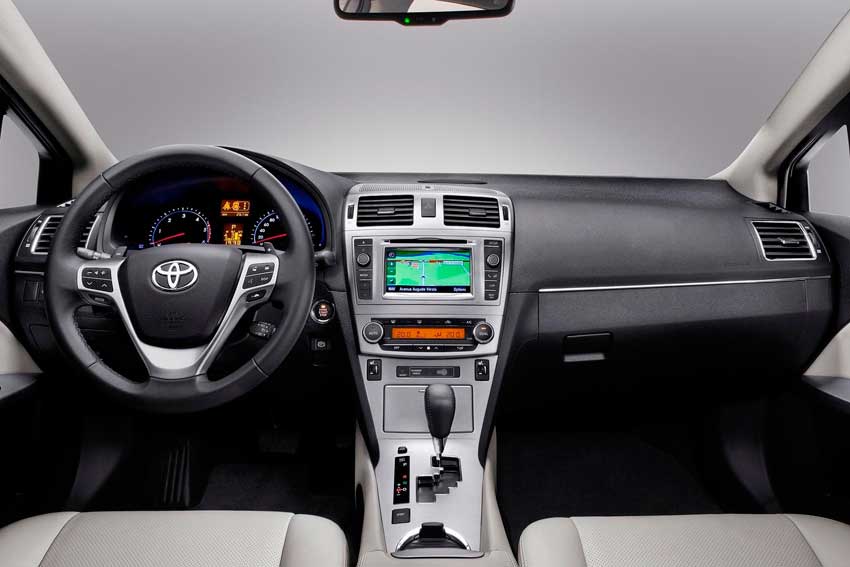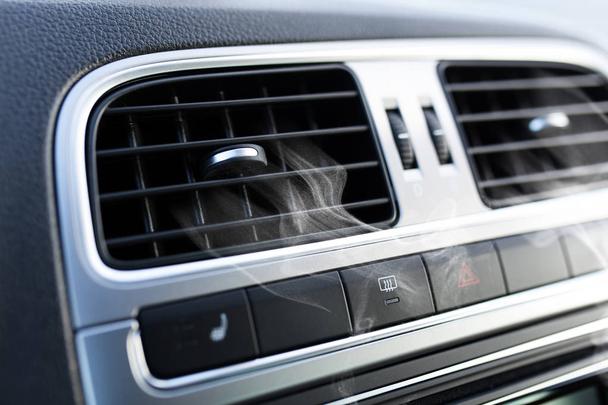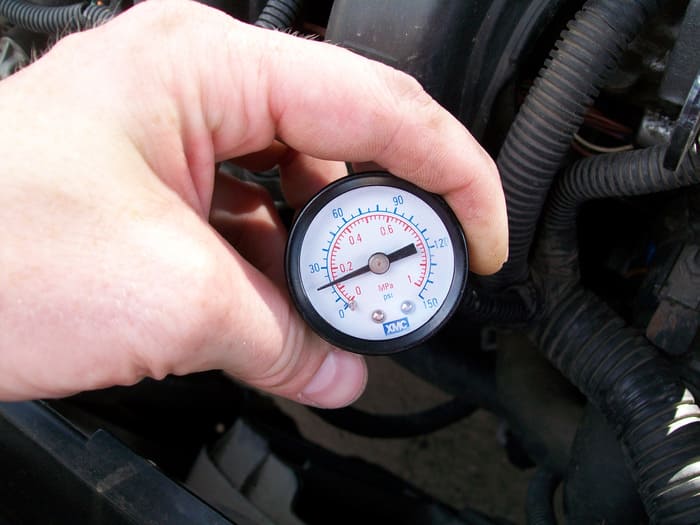 Many modern cars equipped with automatic transmissions have a mode, the so-called “overdrive,” that is, increased transmission. This mode can be considered as a kind of analog of the 5th gear in manual transmissions.
Many modern cars equipped with automatic transmissions have a mode, the so-called “overdrive,” that is, increased transmission. This mode can be considered as a kind of analog of the 5th gear in manual transmissions.
Usually, the fourth gear is considered “working” or nominal mode. But, when you turn on the overdrive on the automatic transmission, the more economical mode of gear shifting is carried out.
That is when you release the gas pedal during acceleration, automatic transmission switches to a higher gear, and when you press the brake, the switch to fourth gear takes place. The next time you press the gas pedal, the automatic transmission again switches to the optimum gear.
With the overdrive function disabled, the automatic transmission shifts to another gear at higher revolutions of an engine than in normal mode. In the process of braking, the transmission does not switch to a lower gear until certain engine revolutions are established.
How Does Overdrive Work
 The overdrive mode is controlled by using the “O/D (on|off)” button, which allows you to enable or disable fourth gear on the automatic gearbox. Yellow signal light on the dashboard indicates when the overdrive mode is turned off.
The overdrive mode is controlled by using the “O/D (on|off)” button, which allows you to enable or disable fourth gear on the automatic gearbox. Yellow signal light on the dashboard indicates when the overdrive mode is turned off.
When the overdrive mode is off during the acceleration, the automatic transmission sequentially switches from first to fourth gear, and then the torque converter lock switches on. This moment is accompanied by a slight push, which some drivers perceive as the activation of the fifth gear, which is wrong.
When braking, the gears are shifted down in reverse order.
When overdrive mode is on, the possibility of shifting above the third gear is blocked on the gearbox.
How to Use Overdrive in the City
You can consider this situation as an example of using the overdrive mode in the city. The car moves on a long gentle rise in conditions of heavy traffic, while the speed of the flow of vehicles often varies from 25 to 40 mph.
In this case, if you turn off overdrive, then 1-2-3-4 gears will be sequentially switched during accelerations, in some cases, the torque converter will be blocked. In general, frequent periodic gear shifting will soon start to annoy; the ride comfort will worsen, the automatic transmission will quickly wear out.

If you now turn on overdrive, the operation of the automatic gearbox will be completely different. There will be no gear switching in such interval of speeds. The movement will become more comfortable, the automatic transmission will respond more adequately to the work of the gas pedal.
When driving in the city, despite widespread opinion, overdrive should be turned on.
Overdrive and Fuel Consumption
As for fuel consumption, when overdrive mode is off, according to experts, when driving at high speed, fuel consumption may increase.
But, it can be said that if you use this mode “with the head,” then the difference, if it gonna be, will be very insignificant.
How to Use Overdrive Effectively
Manufacturers do not give specific recommendations on this issue. Therefore, numerous recommendations are purely private.
However, many drivers have developed them based on many years of experience, and they should be listened to. With little driving experience, the advice of professionals is better to follow.
Over time, the driving practice can give its changes, under individual preferences and driving style.
Someone prefers a quiet ride, without jerks and gear changes, and someone pays more attention to fuel consumption. You can try everything and then decide for yourself.
When to turn off overdrive
- When driving on long descents or ascents. It is clear why this should be done on ascents, but why overdrive should be turned off on a descent? When you turn on overdrive, the car is better coasting, which means that the effectiveness of braking decreases, which has a significant impact on driving safety. That is why on the slopes overdrive must be turned off.
- When driving in a dense stream of vehicles, where the speed changes periodically.
- When driving at a slow speed, for example, off-road.
- When driving with a trailer.
- When overtaking at speed not exceeding 55 mph. Although the opinion with overtaking is controversial. Details on this issue are listed below.
There is an opinion that overdrive should be turned off during overtaking while driving on the highway. However, many experts disagree with this for the following reasons:
- When overtaking confusion is unacceptable, it is necessary to control a situation and to work with overdrive, you must press a button, and therefore remove your hand from the steering wheel, which is already unsafe.
- If the car is moving at high speed, the switched off overdrive will cause a sharp increase in revolutions. There is no certainty that they will not reach the red zone.
In this case, the “brain” of the automatic transmission will take care of everything and will do what is needed in this situation. However, it is also necessary to know how to use this technique, but this is another story.
Conclusion
Of course, overdrive is a necessary thing, but you need to use it wisely. Usually, with experience comes the ability to predict various situations on the road, and the ability to turn on the necessary gearbox mode at the right time.
If someone does not want to “bother” with the use of overdrive, then don’t. This mode can be called rather a service than a regular mode of operation of the automatic transmission.
Both the driver and his car will lose little if the “O/D on|off” button turns out to be never used.


